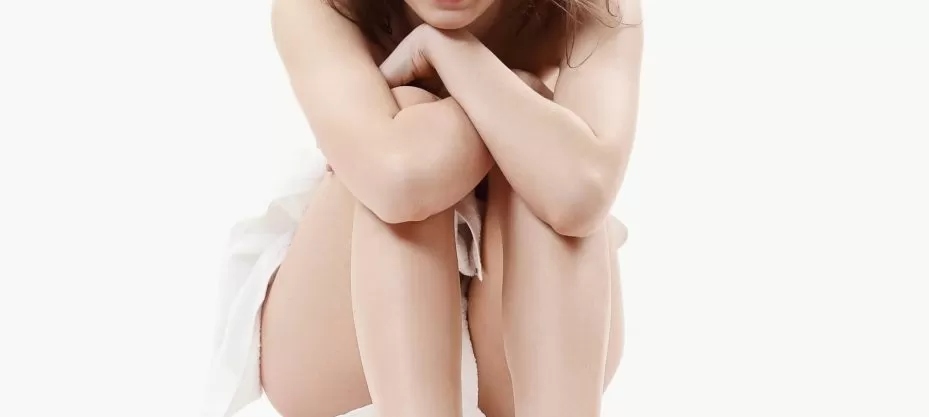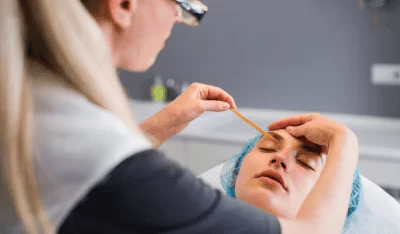If you’ve noticed white pimples after waxing, don’t panic – it’s a common issue many people face. While it may seem concerning, there are ways to address and prevent these pesky bumps.
Understanding the underlying causes and implementing the proper aftercare routine can significantly change how your skin reacts to waxing. Stay tuned to discover effective strategies for dealing with white pimples post-waxing and achieving smoother, clearer skin.
Common Causes of White Pimples
White pimples may form when waxing due to trapped bacteria and dead skin cells. These pesky bumps can result from inadequate cleansing before or after the professional waxing procedure. Failing to clean the skin properly allows bacteria to linger, leading to these unwanted pimples. Additionally, dead skin cells left on the skin can clog hair follicles, causing irritation and the formation of whiteheads.
Another common cause of white pimples after waxing is using too harsh products on the skin. Harsh chemicals or fragrances in lotions or creams can irritate the skin, causing it to react with inflammation and develop white bumps. Choosing gentle, non-comedogenic products is essential to avoid exacerbating the issue.
Pre-Waxing Precautions to Take
To prevent white pimples after waxing, take appropriate pre-waxing precautions to set the stage for a smooth and irritation-free hair removal experience.
Exfoliate your skin one to two days before your waxing appointment to eliminate dead skin cells that may obstruct hair follicles post-wax.
Ensure your hair is at the optimal length for waxing, usually 1/4 to 1/2 an inch. This facilitates effective hair removal by allowing the wax to grip the hair effectively.
On the day of your waxing session, refrain from using lotions or oils. These can create a barrier between the wax and your hair, potentially resulting in ineffective hair removal and the formation of pimples.
It’s also advisable to stay hydrated and avoid caffeine right before waxing, as dehydration can make your skin more sensitive to the process.
Post-Waxing Skin Care Tips
After waxing, remember to gently cleanse your skin with a mild, fragrance-free cleanser to prevent clogged pores and reduce the likelihood of white pimples forming. This step is crucial in maintaining skin hygiene post-waxing. Opt for a gentle cleanser to avoid irritation that could exacerbate the skin’s sensitivity after hair removal.
Apply a lightweight, oil-free moisturizer to adequately hydrate your skin after waxing. This helps restore moisture and maintain the skin’s natural balance. Look for products that are non-comedogenic to prevent pore blockages.
Avoid touching the waxed areas frequently to minimize the risk of introducing bacteria and dirt, which can lead to breakouts. Also, refrain from using harsh exfoliants or scrubs immediately after waxing, as this can further irritate the skin.
Home Remedies for White Pimples
Consider trying these simple home remedies to tackle white pimples effectively. First, applying a cold compress can help reduce inflammation and soothe the area. Wrap some ice cubes in a clean cloth and gently press it against the affected area for a few minutes. This can help alleviate any discomfort and redness caused by the white pimples.
Another effective home remedy is tea tree oil. Known for its antimicrobial properties, tea tree oil can help combat bacteria-causing white pimples. Dilute a few drops of tea tree oil with a carrier oil, such as coconut or almond oil, and apply it to the pimples using a cotton swab.
When to Seek Professional Help
If you’re considering seeking professional assistance for white pimples following waxing, it’s essential to monitor their persistence and accompanying symptoms. Home remedies can be attempted initially, but if the white pimples persist despite these efforts, it could indicate more than just temporary irritation. Professional intervention may be necessary if the pimples are accompanied by severe pain, persistent redness, or swelling that doesn’t alleviate within a few days. Furthermore, if the white pimples begin to rapidly spread or exhibit signs of infection such as warmth, pus-filled bumps, or fever, prompt consultation with a dermatologist or esthetician is crucial to heal ripped skin and prevent further complications.



